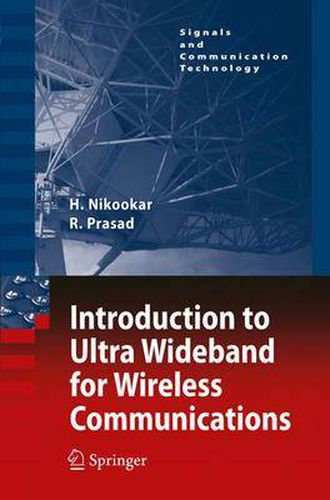Readings Newsletter
Become a Readings Member to make your shopping experience even easier.
Sign in or sign up for free!
You’re not far away from qualifying for FREE standard shipping within Australia
You’ve qualified for FREE standard shipping within Australia
The cart is loading…






This title is printed to order. This book may have been self-published. If so, we cannot guarantee the quality of the content. In the main most books will have gone through the editing process however some may not. We therefore suggest that you be aware of this before ordering this book. If in doubt check either the author or publisher’s details as we are unable to accept any returns unless they are faulty. Please contact us if you have any questions.
asakta-buddhih sarvatra . jitatma vigata-sprhah … . naiskarmya-siddhim paramam . sannyasenadhigacchati Detached by spiritual intelligence from everything controlling the mind, without material desires, one attains the paramount perfection in cessation of re- tions by renunciation. The Bhagvad Gita (18.49) Compared to traditional carrier-based, Ultra-Wide Band (UWB), or carrier-less, systems implement new paradigms in terms of signal generation and reception. Thus, designing an UWB communication system requires the understanding of how excess bandwidth and very low transmitted powers can be used jointly to provide a reliable radio link. UWB offers systems transceiver potential for very simple implementations. Comparison between UWB and traditional narrow-band systems highlights the following features: Large bandwidth enables very fine time-space resolution for accurate lo- tion of the UWB nodes and for distributing network time stamps. Very short pulses are effectively counter-fighting the channel effect in very dense multipath environments. Data rate (number of pulses transmitted per bit) can be traded with power emission control and distance coverage. Very low power density leads to low probability of signal detection and adds security for all the layers of the communication stack. Very low power density is obtained through radio regulation emission masks; UWB systems are suitable for coexistence with already deployed narrow-band systems.
$9.00 standard shipping within Australia
FREE standard shipping within Australia for orders over $100.00
Express & International shipping calculated at checkout
Stock availability can be subject to change without notice. We recommend calling the shop or contacting our online team to check availability of low stock items. Please see our Shopping Online page for more details.
This title is printed to order. This book may have been self-published. If so, we cannot guarantee the quality of the content. In the main most books will have gone through the editing process however some may not. We therefore suggest that you be aware of this before ordering this book. If in doubt check either the author or publisher’s details as we are unable to accept any returns unless they are faulty. Please contact us if you have any questions.
asakta-buddhih sarvatra . jitatma vigata-sprhah … . naiskarmya-siddhim paramam . sannyasenadhigacchati Detached by spiritual intelligence from everything controlling the mind, without material desires, one attains the paramount perfection in cessation of re- tions by renunciation. The Bhagvad Gita (18.49) Compared to traditional carrier-based, Ultra-Wide Band (UWB), or carrier-less, systems implement new paradigms in terms of signal generation and reception. Thus, designing an UWB communication system requires the understanding of how excess bandwidth and very low transmitted powers can be used jointly to provide a reliable radio link. UWB offers systems transceiver potential for very simple implementations. Comparison between UWB and traditional narrow-band systems highlights the following features: Large bandwidth enables very fine time-space resolution for accurate lo- tion of the UWB nodes and for distributing network time stamps. Very short pulses are effectively counter-fighting the channel effect in very dense multipath environments. Data rate (number of pulses transmitted per bit) can be traded with power emission control and distance coverage. Very low power density leads to low probability of signal detection and adds security for all the layers of the communication stack. Very low power density is obtained through radio regulation emission masks; UWB systems are suitable for coexistence with already deployed narrow-band systems.